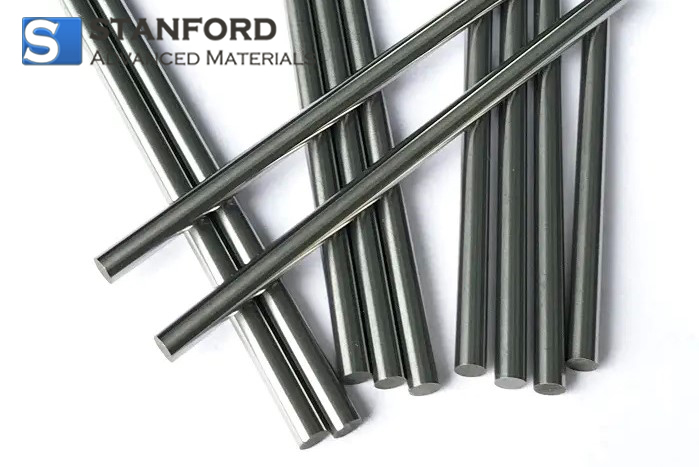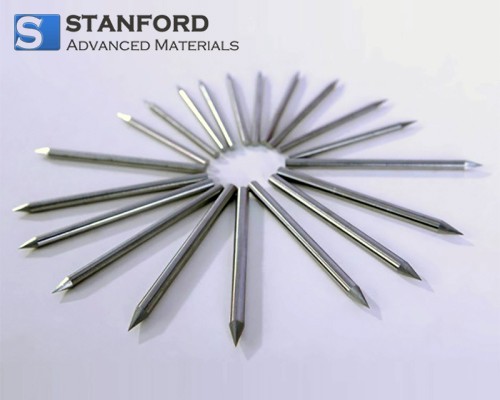Zirconia In Ceramic Materials
It is essential for all professionals to be informed about ceramic materials, their properties and their applications across various industries. This article explains why some experts consider zirconium dioxide as a typical ceramic material. Zirconium dioxide exhibits a monoclinic crystal structure at ambient temperature. It is capable of transforming its structure from tetragonal to monoclinic when the temperature changes or when stress increases. Additionally, as zirconium dioxide is combined with other oxides, its cubic/tetragonal phase is stabilised. Before examining its applications in ceramics, the material is evaluated from an alternative perspective.
Technical Properties:
Zirconium dioxide is one of the most extensively researched ceramics in engineering. Its measured properties have been extensively documented. It also functions as an electro-ceramic material. Zirconium dioxide is imported and traded in various forms for utilisation in multiple sectors. These forms include zirconium dioxide ceramic alloys that exhibit the following characteristics:
- It demonstrates high strength and high fracture toughness
- It exhibits water resistance and notable hardness
- Zirconium dioxide is non-magnetic
- The ceramic shows low thermal conductivity
- It is corrosion resistant, including under exposure to acids and alkalis
- One study determined that its elastic modulus is close to that of steel.
Applications:
Owing to its high ionic conductivity, zirconium dioxide is primarily used for producing various ceramic and electro-ceramic materials. Other important applications of zirconium dioxide in ceramics include:
- It is employed in the manufacture of ceramic knives as it provides a finer edge than steel
- Due to its low thermal conductivity, it is used in the production of ceramic fibre insulations for heating systems such as crystal growth furnaces, fuel cell stack insulations and infrared heating systems
The above information summarises the primary applications of zirconium dioxide and its typical properties. Given its distinct ceramic composition, the material is employed for manufacturing a range of products. These products range from domestic items to complex technical systems such as ovens and heating systems.

 Bars
Bars
 Beads & Spheres
Beads & Spheres
 Bolts & Nuts
Bolts & Nuts
 Crucibles
Crucibles
 Discs
Discs
 Fibers & Fabrics
Fibers & Fabrics
 Films
Films
 Flake
Flake
 Foams
Foams
 Foil
Foil
 Granules
Granules
 Honeycombs
Honeycombs
 Ink
Ink
 Laminate
Laminate
 Lumps
Lumps
 Meshes
Meshes
 Metallised Film
Metallised Film
 Plate
Plate
 Powders
Powders
 Rod
Rod
 Sheets
Sheets
 Single Crystals
Single Crystals
 Sputtering Target
Sputtering Target
 Tubes
Tubes
 Washer
Washer
 Wires
Wires
 Converters & Calculators
Converters & Calculators
 Write for Us
Write for Us


 Chin Trento
Chin Trento



